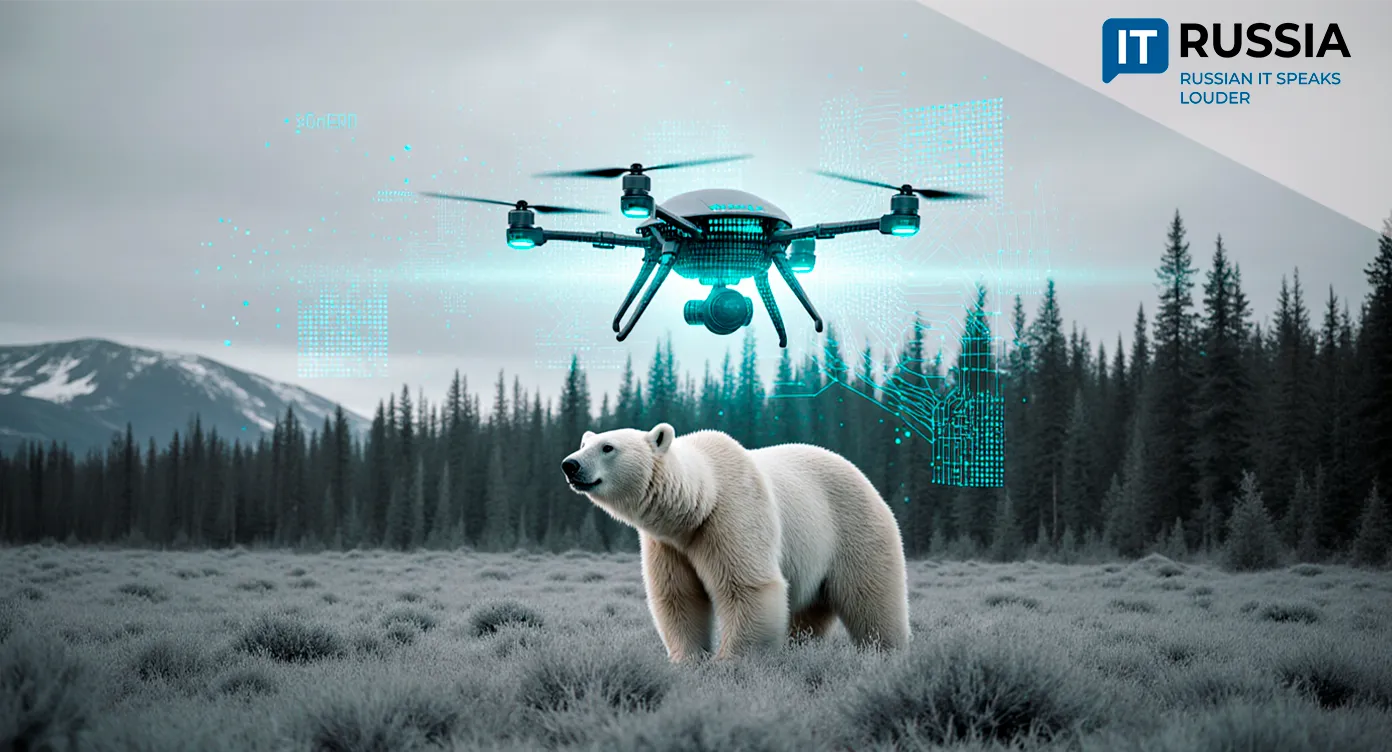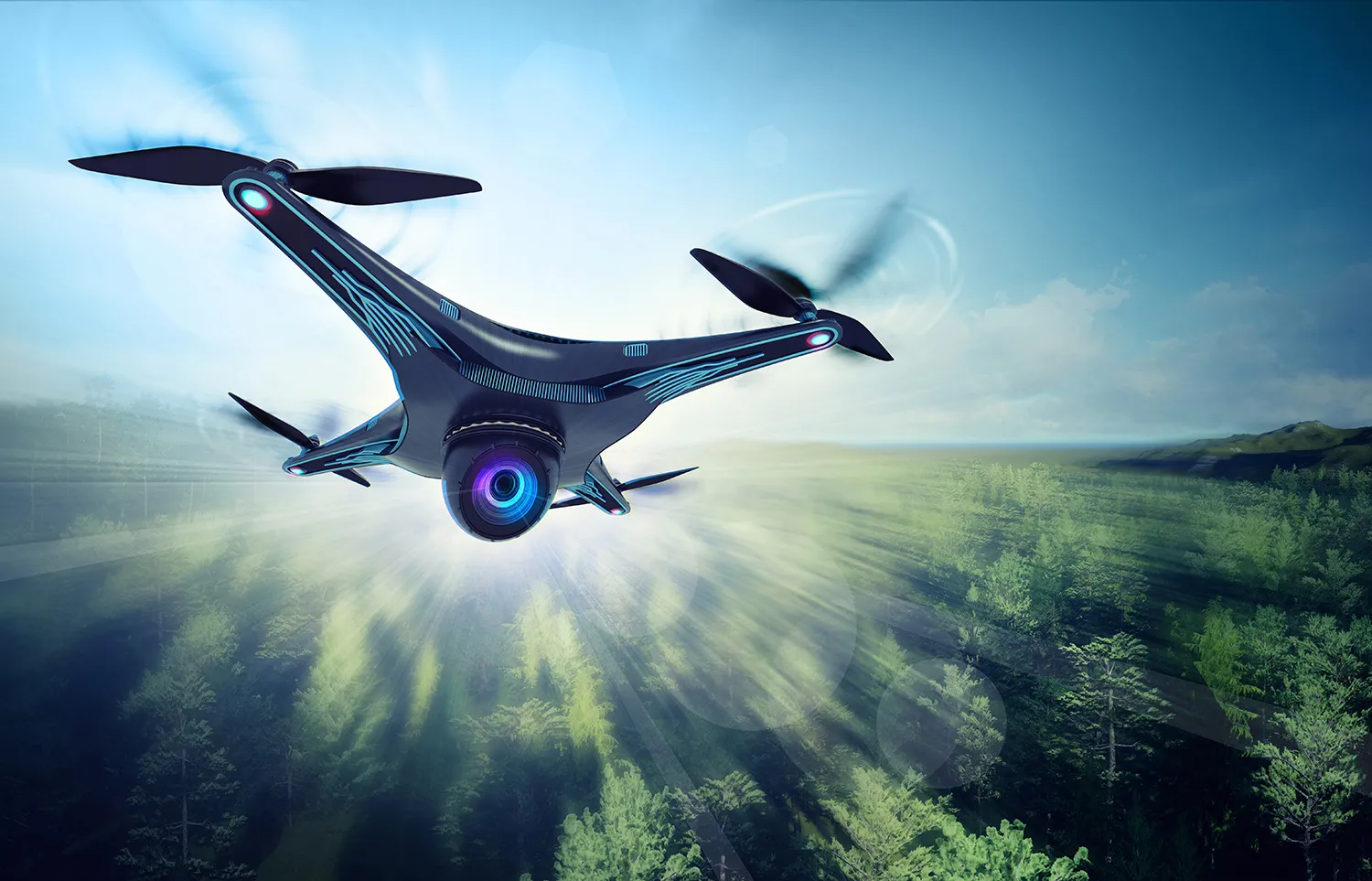Digital Rangers: AI and Drones Become New Guardians of Wildlife

Just five years ago, counting rare animals across Russia’s vast landscapes was a daunting, imprecise task. Today, artificial intelligence and drones are reshaping wildlife conservation, with national parks becoming testing grounds for tomorrow’s ecological monitoring systems.
AI Counts the Bears
In Yakutia, on the banks of the Lena River, lies the Lena Pillars National Park, a UNESCO World Heritage Site that shelters rare species of animals and birds. The Bear Islands archipelago is a key denning site for polar bears. Since 2023, researchers have relied on drones to study their population.
The “polar bear census” is conducted with the Orlan-10 drone, which gathered more than 25,000 aerial images. Manually analyzing such a dataset would take months. Instead, scientists turned to a neural network that processed the photos within hours, producing a startling finding: the polar bear population was three times larger than previously estimated. This was not just a statistical correction but a critical shift in understanding the species’ status—and in building strategies for its protection.

The success of this pilot paved the way for further missions. In 2025, researchers applied the technology to brown bears. Six flights covered over 1,000 kilometers each, enabling not only population counts but also collection of unique data on habitats, migration routes, and even visible health indicators. What began as headcounts has become a comprehensive, near-real-time ecological monitoring system.
Digital Assistants Preserve Natural Heritage
This approach is a ready-made solution that could be scaled to other ecosystems worldwide. The export potential of the Russian project is enormous. While countries like Canada and the United States also experiment with drones in Arctic monitoring, the integration of AI for large-scale data analysis is not yet routine. Russia, having leapfrogged from traditional to advanced methods, can offer an international package: hardware, software, and methodologies.
At home, the success in Lena Pillars has drawn national attention under the “Unmanned Aviation Systems” project. Lessons from Yakutia could form the basis for federal wildlife monitoring standards, extending best practices from the Caucasus to Kamchatka.
Every Bear Counts
Globally, there are estimated to be no more than 31,000 polar bears, with numbers projected to fall by 30% by 2050. Digitalization offers a powerful tool for protecting biodiversity. By 2030, drone flights with AI on board are expected to become routine operations across Russian nature reserves. Beyond that, technology exports could follow—complete systems, training programs, and participation in international conservation initiatives.

Within five years, the quiet of Arctic deserts and protected forests may be guarded not only by humans but by their digital partners—drones equipped with AI vision ensuring that no bear goes uncounted, and thus unprotected.










































